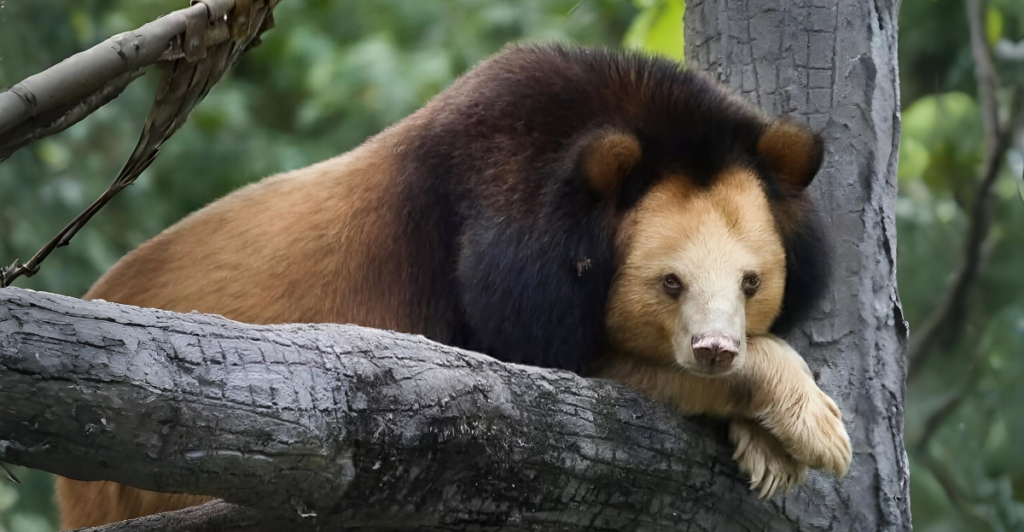
The first thing that usually comes to mind when someone mentions bears are the well-known ones—grizzlies, pandas, polar bears. But there are other breeds, lesser known and unfamiliar to most.
These shy animals inhabit remote parts of the world: rainforests, mountains and deserts. Each bear has its own behavior, diet, and dangers that threaten its existence. Many face extinction due to climate change, habitat loss, and human encroachment.
This article explores eight of the rarest bear species you’ve likely never heard of. Some are ghostly white, others desert-dwelling, a few are tree-climbing vegetarians. But all are worth protecting. Let’s take a journey into the hidden corners of the animal kingdom—and discover nature’s most underrated bears.
1. Gobi Bear – The Desert Survivor
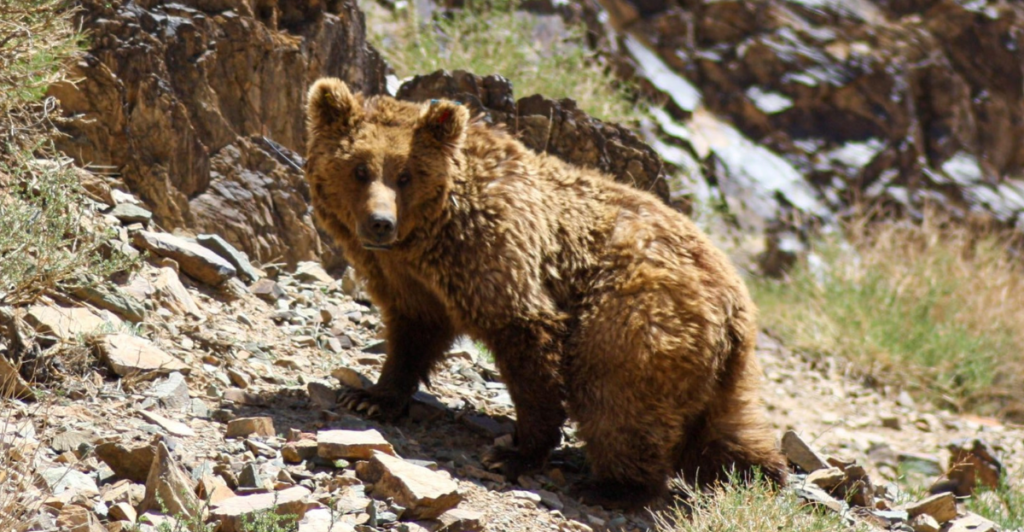
The Gobi bear, or Mazaalai, inhabits Mongolia’s Gobi Desert. It’s a subspecies of brown bear, but there are only around 51 of them. The bears have learned to live in harsh desert conditions—hot days, cold nights, and hardly any water.
They’re smaller than regular brown bears and have sandy-colored coats. Gobi bears primarily feed on roots, berries, and the occasional rodent. They’ve never been observed hunting large animals, and none are in captivity.
Their main threats are territory destruction and poaching. Conservationists and locals are uniting to protect food sources, track numbers, and raise awareness. At this rate, and with so few left, this bear may be lost in only decades. It’s one of the Earth’s most vulnerable survivors.
2. Spirit Bear – The Ghost of the Rainforest
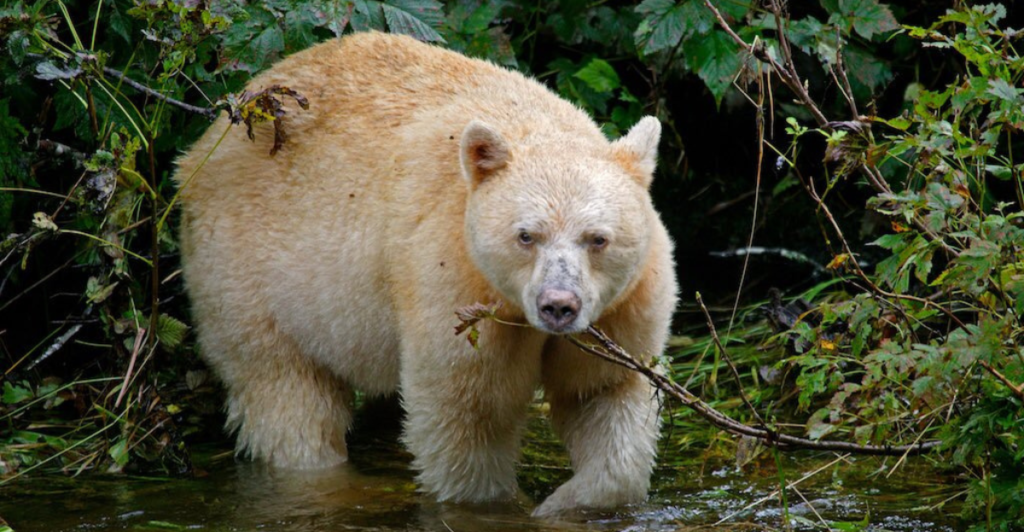
The spirit bear is a white-coated variant American black bear—and not a separate species. Only 400 to 1,200 exist in British Columbia’s Great Bear Rainforest. It has a distinctive color due to a double recessive gene, and it’s also sacred to aboriginal communities.
Spirit bears inhabit old forests and subsist on salmon, berries, and vegetation. They’re threatened by logging and shifts in their natural territory, which makes them harder to locate.
Conservation societies, such as First Nations chiefs, protect the land and these endangered species. To catch a glimpse of a spirit bear is to remember it for eternity—a ghost among mossy trees, a testament to the fine balance of natural habitats.
3. Tibetan Blue Bear – The Himalayan Enigma
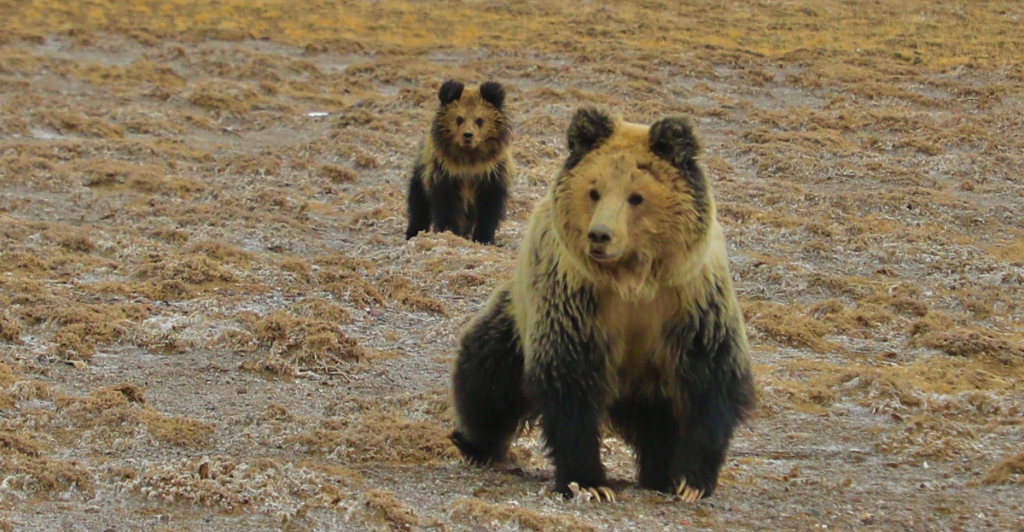
We know very little about this particular bear. The brown bear subspecies, the Tibetan blue bear, is known to reside in high-altitude areas of the Himalayas and Tibet. With its blue-gray coat, it appears ghostly and regal.
Fewer than a handful of pictures have ever been taken, and even these are hard to find. It’s thought to be an omnivore, living off plants, small mammals, and possibly carrion. The blue bear is threatened by loss of habitat and poaching, particularly for traditional medicine.
Some scientists believe it might even be extinct in some regions. More research must be done to better understand and conserve this rare subspecies. This bear is perhaps one of Asia’s last untamed enigmas—and it could vanish before we even know anything else about it.
4. Marsican Brown Bear – Italy’s Gentle Giant
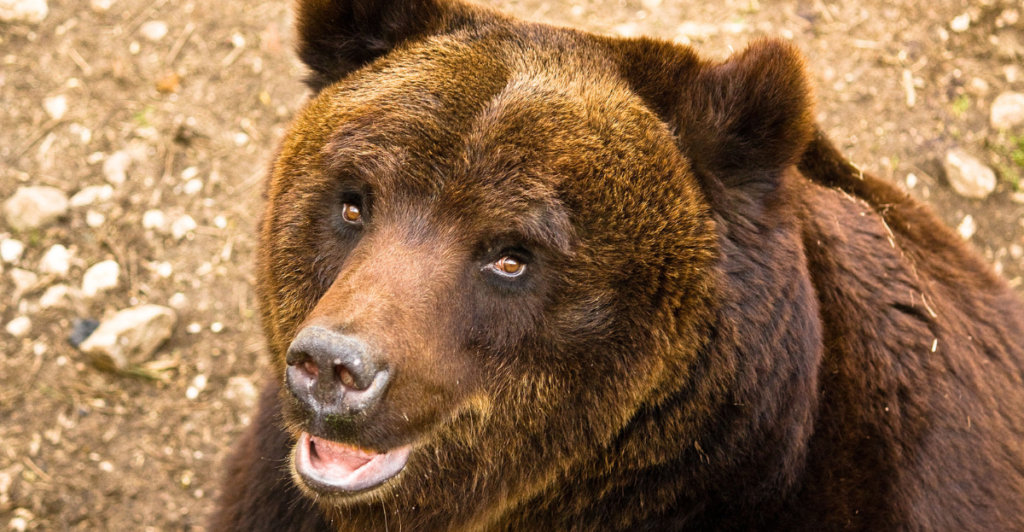
Inhabiting the Apennine Mountains of Italy is the Marsican brown bear, a subspecies of Eurasian brown bear on the brink of extinction. There are fewer than 60 left. They are smaller and friendlier than their cousins and primarily feed on fruit, roots, and small mammals.
Locals and environmentalists have made “bear-smart” communities such as Pettorano sul Gizio, where bear-proof bins, wildlife bridges, and ecotourism are commonplace. Locals there have learned to enjoy their furry guests.
Yet, poaching, fragmentation of habitat, and road kill are still hazards to its survival. This giant is Italy’s symbol of biodiversity. Its protection will safeguard centuries-old landscapes, cultures, and a rare lineage of bear found only in Europe.
5. Andean Bear – The Spectacled Climber
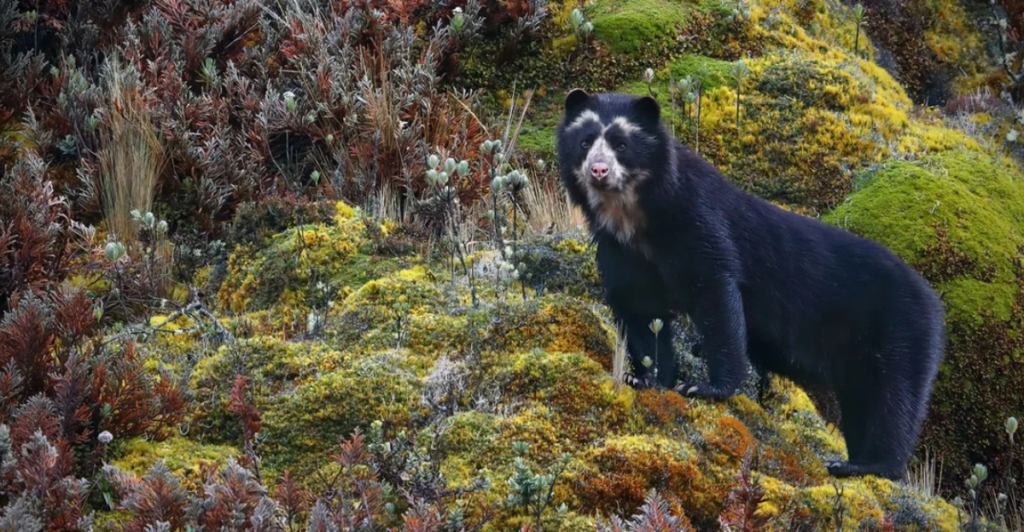
The Andean bear, or spectacled bear named for its distinctive facial markings, is the sole bear species native to South America. Fewer than 18,000 remain, thinly spread along the Andes from Venezuela to Bolivia.
The reclusive, tree-dwelling bears primarily consume plants, fruits, and even tree bark. They inhabit cloud forests but are rapidly losing their lands because of farming, mining, and logging. Despite being South America’s sole bear, they’re under-studied and under-protected.
Conservationists are trying to reconnect fragmented habitats and establish local support through education. The Andean bear is a reclusive protector of the mountains—and if we lose it, entire ecosystems may unravel along with it.
6. Sun Bear – The Rainforest’s Little Climber
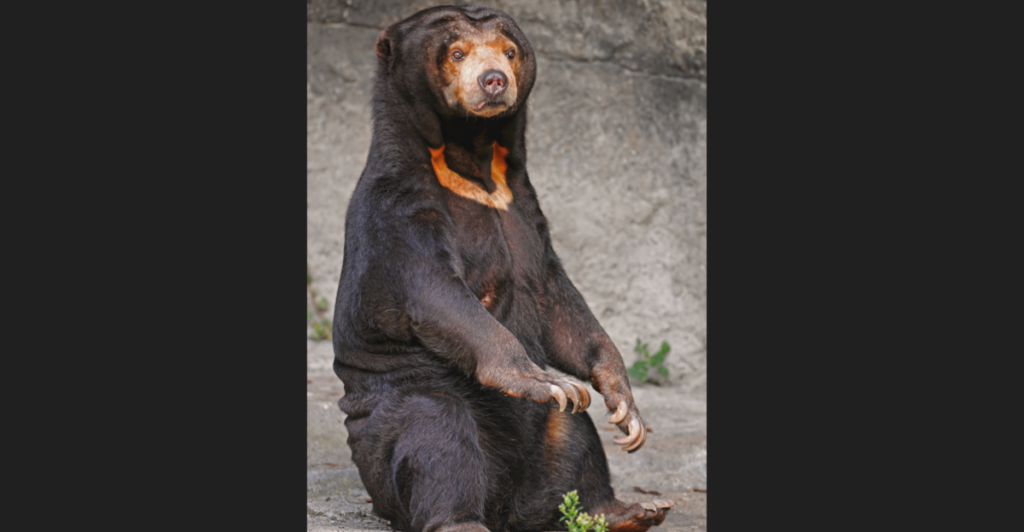
The sun bear, found in Southeast Asia, is the world’s smallest bear species. It’s hardly a meter tall, and is distinguished by its gold chest marking and very long tongue—perfect for lapping up honey, insects, and other small treats.
Sun bears are great climbers and tend to sleep in nest trees. They are quickly declining because of deforestation, poaching, and the illegal pet trade. They are easily caught for bear bile farms or shot when raiding crops.
Conservationists are saving sun bears, rehabilitating them, and advocating for stricter wildlife laws. Small as it may be, the sun bear is an important part of keeping rainforest ecosystems in top shape—and time is running out.
7. Sloth Bear – India’s Insect-Eating Specialist
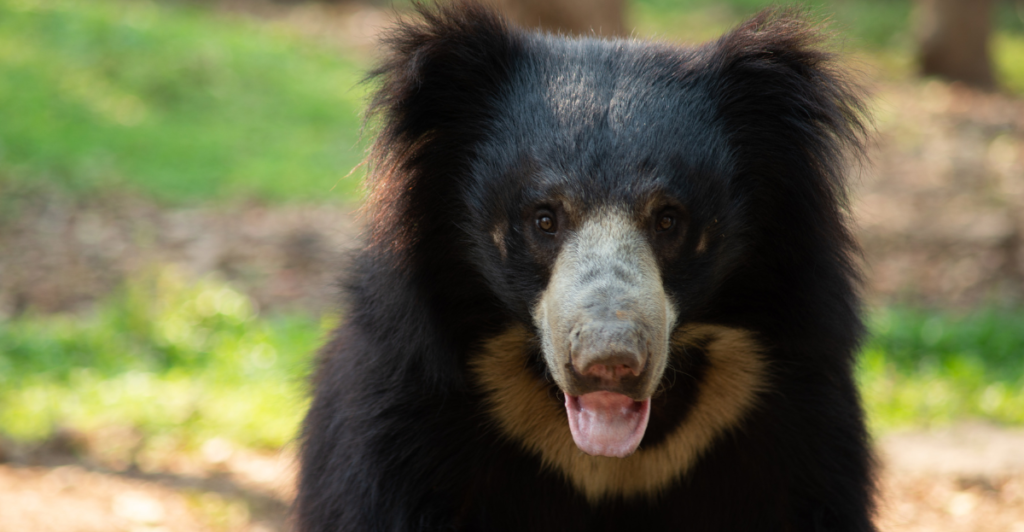
A native of the Indian subcontinent, the shaggy-coated sloth bear looks strange—and acts strangely too. It has a long, dainty snout and no front teeth, and it makes deafening snuffling sounds as it sucks in ants and termites. Sloth bears also enjoy fruits, honey, and flowers.
These creatures are one of the few bear species where mothers carry cubs on their backs. While they are protected on paper, human-wildlife conflict and loss of territory are concerning issues. A few of them are shot for entering farms.
Others were used in cruel dancing bear shows until banned. Sanctuaries and education are changing attitudes. The sloth bear’s eccentric charm plays a crucial role in insect population management and the ecosystem in general—and it should be protected.
8. Giant Panda – More Than Cute
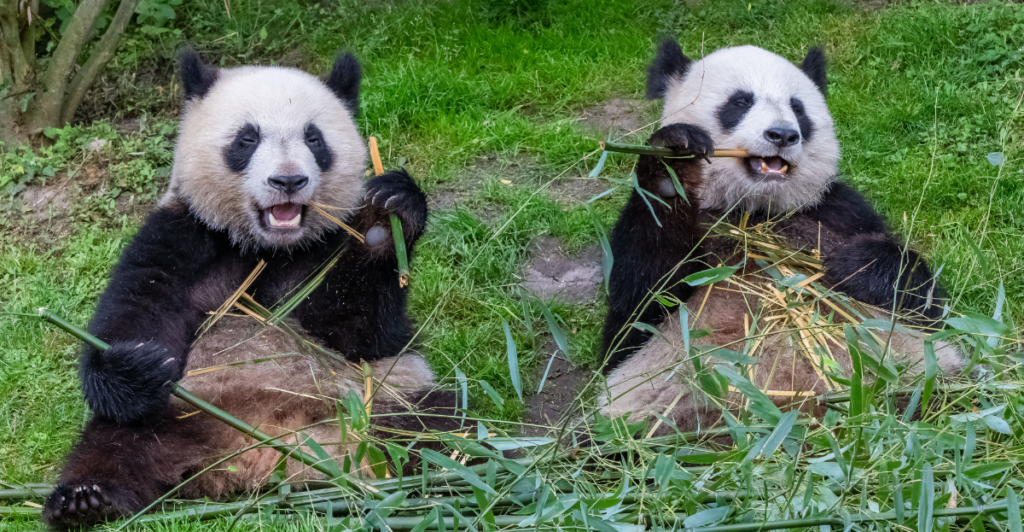
We all know the giant panda—but few know how close they were to extinction. Found in China’s bamboo forests, pandas primarily feed on bamboo—up to 40 pounds daily.
After being listed as endangered, their numbers have recovered thanks to widespread conservation efforts, including territory protection and global breeding schemes. However, pandas still continue to be at risk: their bamboo groves are fragmented, and temperature variations of the earth affect bamboo growth.
Ironically, even though pandas look huggable, they prefer being alone and are strongly territorial. China’s “panda diplomacy” has also made them icons of soft power. Their recovery shows what dedicated, well-funded efforts can achieve. The panda face is cute but proof that even the most familiar species need constant protection.
Why Rare Bears Matter
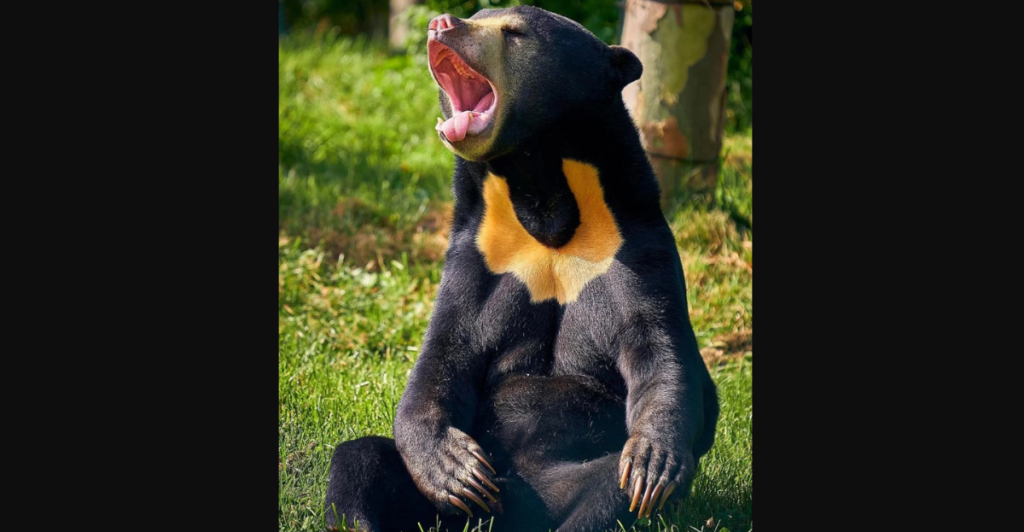
Rare bears may not often be mentioned, but they are crucial to the health of ecosystems. They are apex predators or specialist feeders that shape vegetation, seed dispersal, and stabilize food webs.
The loss of a bear species damages entire ecosystems. Each of these bears is a unique evolutionary tale—millions of years of history, soon to be extinct. Keeping them alive preserves forests, deserts, and mountains for hundreds of other animals.
It’s not only about one animal—it’s about saving Earth’s diversity. These odd bears are a reminder that there is still so much we don’t know about Earth’s creatures and ways. But let’s not wait until it’s too late to care. Their future is in our hands.
Explore more of our trending stories and hit Follow to keep them coming to your feed!

Don’t miss out on more stories like this! Hit the Follow button at the top of this article to stay updated with the latest news. Share your thoughts in the comments—we’d love to hear from you!







